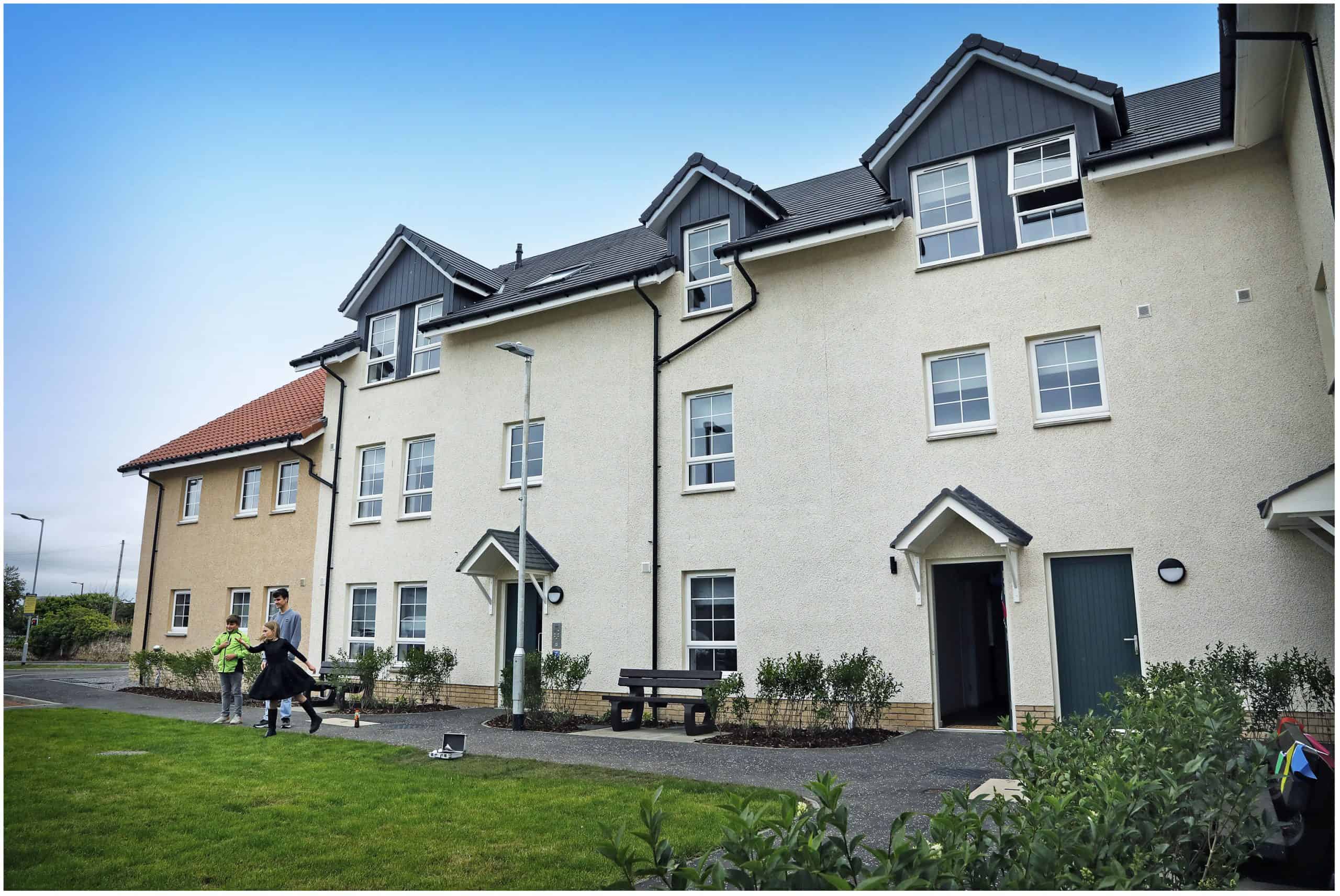Something is afoot in the Scottish housing sector and to understand it better, a trawl through some of the endless statistics generated, could be enlightening.
The backdrop of a rapidly increasing base rate, troubling inflation and food prices 18% higher than last year, paints a pretty bleak picture. Add to that recently published figures showing that rents have increased faster than average earnings every month since October 2021, and actually now take up the highest proportion of pre-tax earnings in a decade at 28%. UK mortgage approvals are forecast to be 30% lower in 2023 than last year and this all summarises why the pressure on the rental market is escalating. All parts of the housing sector are affected and this is perhaps most starkly shown by one change noticed by mid-market rental (MMR) provider, Lar Housing Trust, where there is an increasing trend for the number of applications for their properties being from people who are in work, but who are classed as homeless.
The Scottish Government does of course have its Housing Strategy to 2040, published in March 2021, to deal with this. Its aims are laudable, including the goal for 110,000 new affordable homes by 2032, but as American business guru and former Chair and CEO of General Electric, Jack Welch, once said: “In reality strategy is really very straightforward. You pick a general direction and implement like hell.”
Implementation of housing policy
The key question here is less about Scotland’s direction of travel and more about the element of implementation. Any strategy must be able to adapt to changing circumstances and that certainly applies to housing. Too much time can be spent strategising and it must be followed by action to respond to a swiftly shifting environment.
So how does Welch’s pithy remark fit with the construction sector in Scotland? Latest statistics suggest implementation fervour is not at its highest. There are of course global issues affecting construction, which are impacting on housing delivery. That said, the total number of affordable homes started in the 12 months to December 2022 was down by a whopping 24% on the previous year – the lowest annual figure to the end of December since 2015.
In order for the Scottish Government to reach its targets, the implementation of housing policy needs to change. Currently, most affordable housing is provided through developer’s contributions (section 75 housing) which is wholly determined by the number of private housing starts and completions. As they have reduced so significantly, the Scottish Government is going to have to look to organisations that provide additionality – those who are not reliant on private sector completions but who generate new housing under their own auspices, in order to fill the gap in their order book. Whilst some additionality is generated through social housing completions, the number of high-quality homes being provided as mid-market rental properties could be vastly and significantly increased to fill this gap.
MMR does not rely so heavily on grant levels or general housing completion numbers, and so this should point to an increased role for MMR than that originally set out in Housing to 2040. MMR is, after all, designed to help those who cannot afford private rents and the misconception that people who are in work do not need support and help, needs to change. Once the narrative has shifted for those in positions to shape and deliver policy, implementation will be easier. Jack Welch would approve.












